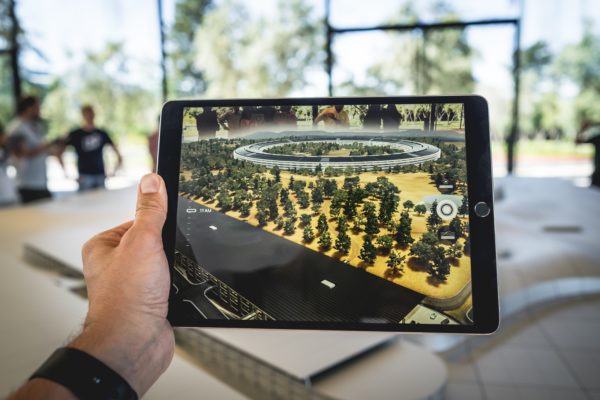A team of Deakin researchers is working on ways to power the next generation in prosthetic limbs.
Scientists from Deakin University’s and CSIRO’s Battery Technology Research and Innovation Hub (BatTRI-Hub) are aiming to develop safe and reliable batteries for a unique robotic hand created by researchers from the University of Wollongong as part of the ARC Centre of Excellence for Electromaterials Science (ACES).
Unveiled in February this year, the soft robotic hand prototype combines new, intelligent materials with 3D printing techniques and responds to neural commands like a real limb, allowing the user to make life-like movements.
The team at BatTRI-Hub have developed a lithium metal device that is capable of powering one finger of the hand and are now working through the simultaneous challenges of devising a uniquely shaped battery that is powerful enough to run the whole hand and also incorporates next-generation materials.
“Our researchers have carried out extensive work using a particular class of materials called ionic liquids, which are a pure salt with a chemical composition that allows them to be liquid at room temperature,” explained Dr Robert Kerr, Research Fellow at BatTRI-Hub.
“What’s great about these materials is that they are completely non-volatile and are really difficult to ignite – unlike the lithium ion cell used in current battery technology – which makes them a safer alternative for this kind of application.”
However, according to Dr Kerr, the challenge in using ionic liquids is to achieve the same level of performance as a normal lithium ion cell.
[testimonial_text]Moving into the beyond lithium ion space, the goal is to increase the charge capacity of the battery by using high capacity electrodes. In our approach to using lithium metal, we know that controlling the surface of the lithium metal, or the solid/electrolyte interphase, is critical. [/testimonial_text]
[testimonial_picture name=”Dr Robert Kerr” details=”Research Fellow, BatTRI-Hub”]
 [/testimonial_picture]
[/testimonial_picture]“It actually comes down to the choice of electrolyte used in the cell and the way it reacts with the lithium metal electrode. To build on the stability of ionic liquids we can incorporate them into solid electrolyte systems to form a mechanical barrier,” Dr Kerr said.
The team’s work has led to the development of a lithium metal pouch cell containing an ionic liquid-based electrolyte. The components of the battery are layered inside the pouch, rather than rolled up into a cylinder like a normal battery, allowing them to pack more efficiently and use lighter casing materials.
“One small single-layered pouch can power the robotic finger, and if we start to stack them we can achieve 25 electrode pairs, which is about the capacity of a quarter of a phone battery,” Dr Kerr explained.
The result, however, is bulky and inflexible, leading to the next challenge with powering the whole robotic hand.
“One of the issues we’re exploring is how create conformable batteries that we can tailor to the shape of the hand or arm. We also need to consider how the battery is attached to the limb and how to make it easily accessible for recharging,” Dr Kerr explained.
He said the BatTRI-Hub team was working closely with researchers from ACES, whose Associate Director is Deakin’s Professor Maria Forsyth, Australian Laureate Fellow and Director of BatTRI-Hub, to develop the battery technology for the robotic hand.
Part of Deakin’s internationally-renowned Institute for Frontier Materials (IFM), BatTRI-Hub is a unique, world-class research and innovation centre focused on advanced battery prototyping and the commercialisation of energy storage technologies.
“This robotic hand project is exactly what BatTRI-Hub is geared towards – prototyping and applying our battery technology to real-life situations,” Dr Kerr said.
Published by Deakin Research on 15 September 2017



